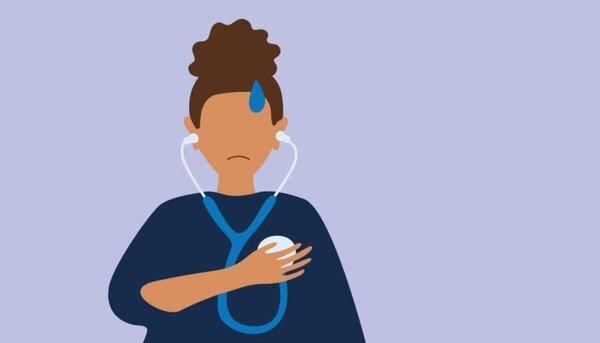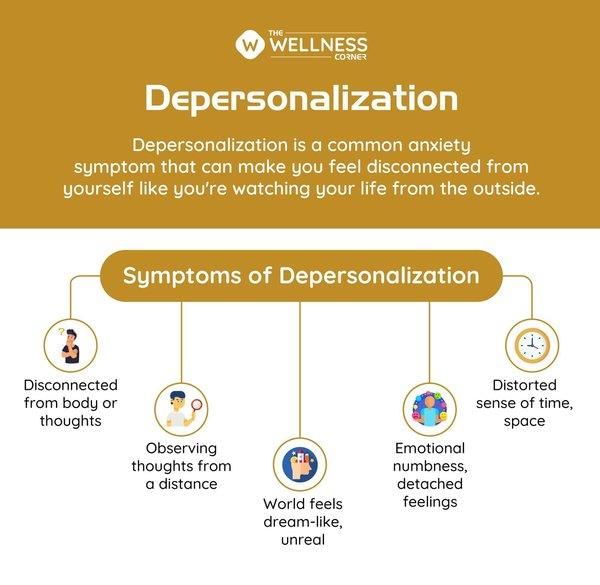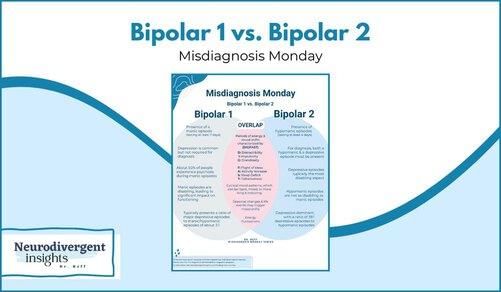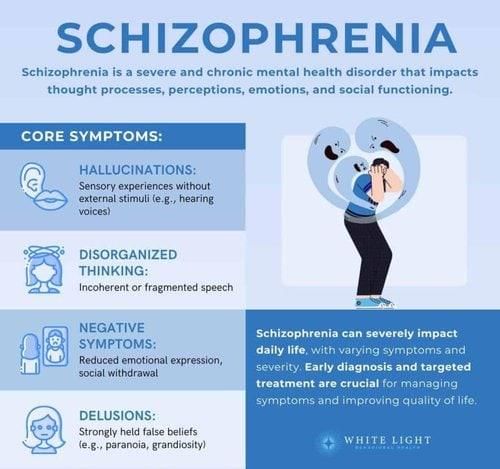|
Illness Anxiety Disorder is primarily defined by excessive concern about ___ and ___. |
Card: 1 / 32 |
|
True or False: Conversion Disorder involves a loss of bodily function due to a known medical condition. |
Card: 3 / 32 |
|
False. Conversion Disorder involves a loss or alteration in bodily function without an underlying medical cause. 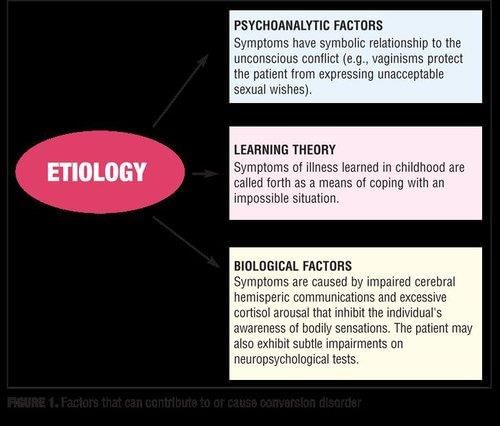 |
Card: 4 / 32 |
|
Dissociative Identity Disorder is rooted in traumatic childhood experiences and involves a person exhibiting multiple personalities. 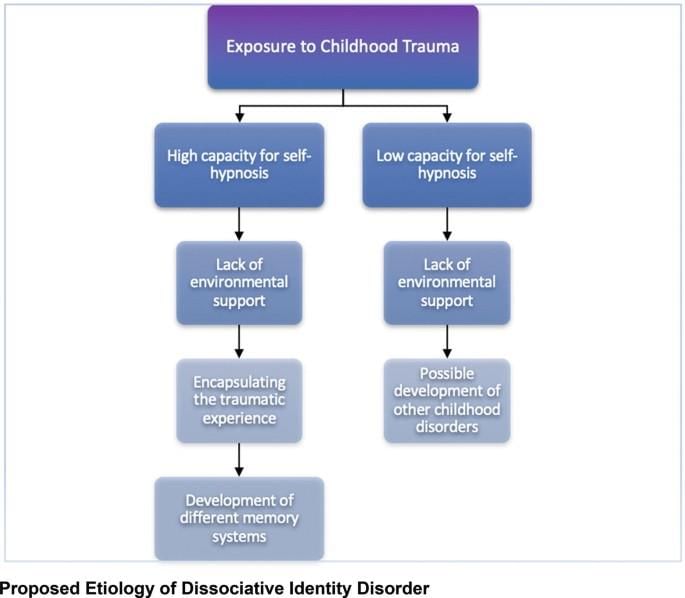 |
Card: 6 / 32 |
|
Fill in the blank: Depersonalization is characterized by a dream-like state where a person feels disconnected from ___ and ___. |
Card: 7 / 32 |
|
Depressive disorder often occurs following a relationship breakdown or when a person fails to achieve an important goal. 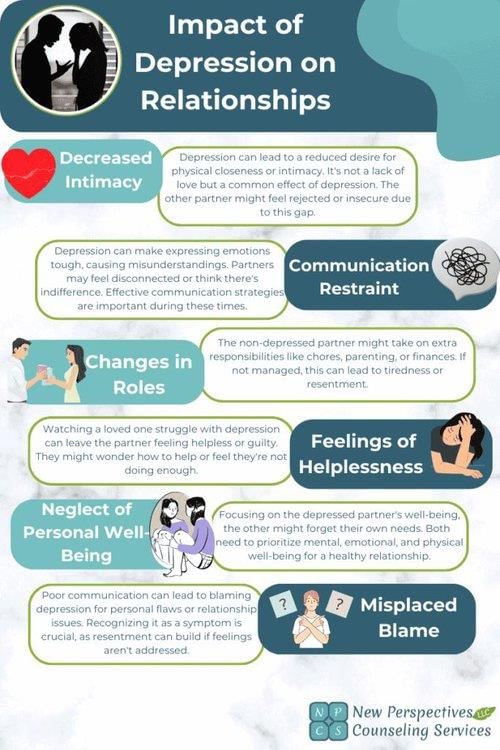 |
Card: 10 / 32 |
|
Common symptoms include disinterest and lack of enthusiasm towards most activities, disrupted sleep patterns, changes in appetite and weight, irritability, and withdrawal from social relationships. 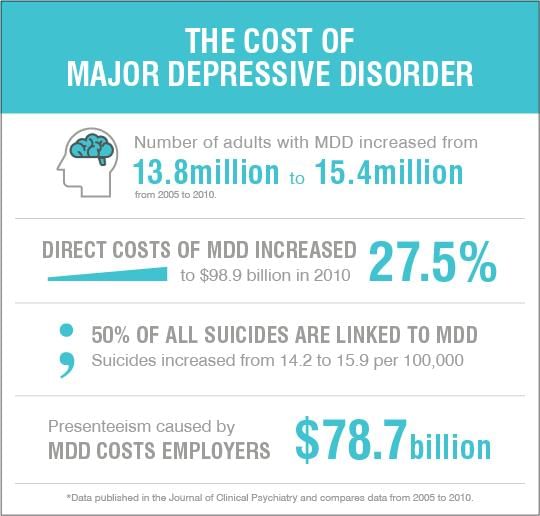 |
Card: 12 / 32 |
|
True or False: Genetics does not play a role in the susceptibility to depression. |
Card: 13 / 32 |
|
False. Genetics is a significant factor that determines a person's susceptibility to depression. 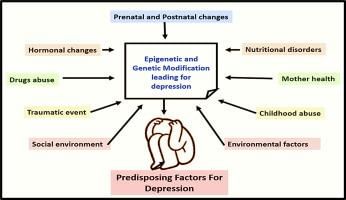 |
Card: 14 / 32 |
|
Fill in the blank: Bipolar II Disorder involves hypomanic episodes lasting at least ___ days. |
Card: 15 / 32 |
 Unlock all Flashcards with EduRev Infinity Plan Starting from @ ₹99 only
|
|
Cyclothymic Disorder involves milder mood swings that last for at least 2 years, with hypomania and depressive symptoms that are not as severe as in bipolar I and II disorders.  |
Card: 18 / 32 |
|
True or False: Schizophrenia is a temporary mental disorder that only requires short-term treatment. |
Card: 19 / 32 |
|
True or False: Providing community support is not important for individuals who have attempted suicide. |
Card: 21 / 32 |
|
False: Providing community support is crucial for individuals who have attempted suicide. 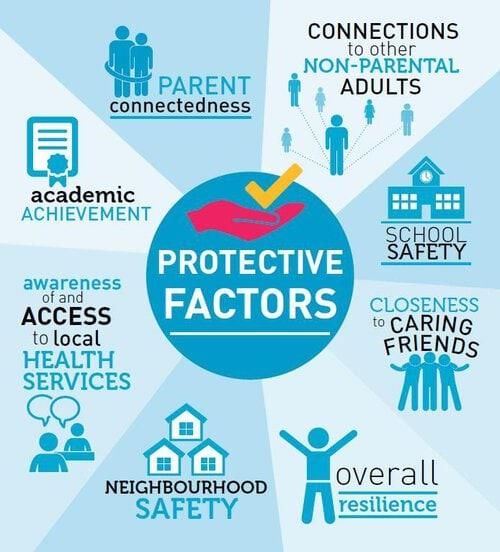 |
Card: 22 / 32 |
|
The primary positive symptoms of schizophrenia include delusions, disorganized thinking and speech, heightened perception and hallucinations, and inappropriate affect. |
Card: 24 / 32 |
|
Hallucinations in schizophrenia primarily affect the auditory sense, but can also involve touch, taste, smell, and vision.  |
Card: 26 / 32 |
|
Negative symptoms of schizophrenia include poverty of speech and blunted affect. 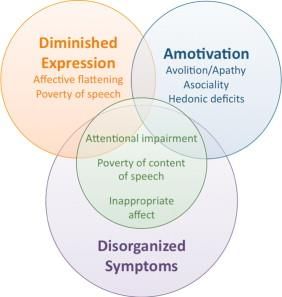 |
Card: 28 / 32 |
|
True or False: A common feature of schizophrenia is the ability to maintain logical thinking. |
Card: 29 / 32 |
|
Catatonic stupor in schizophrenia involves prolonged periods of silence and immobility. |
Card: 32 / 32 |





